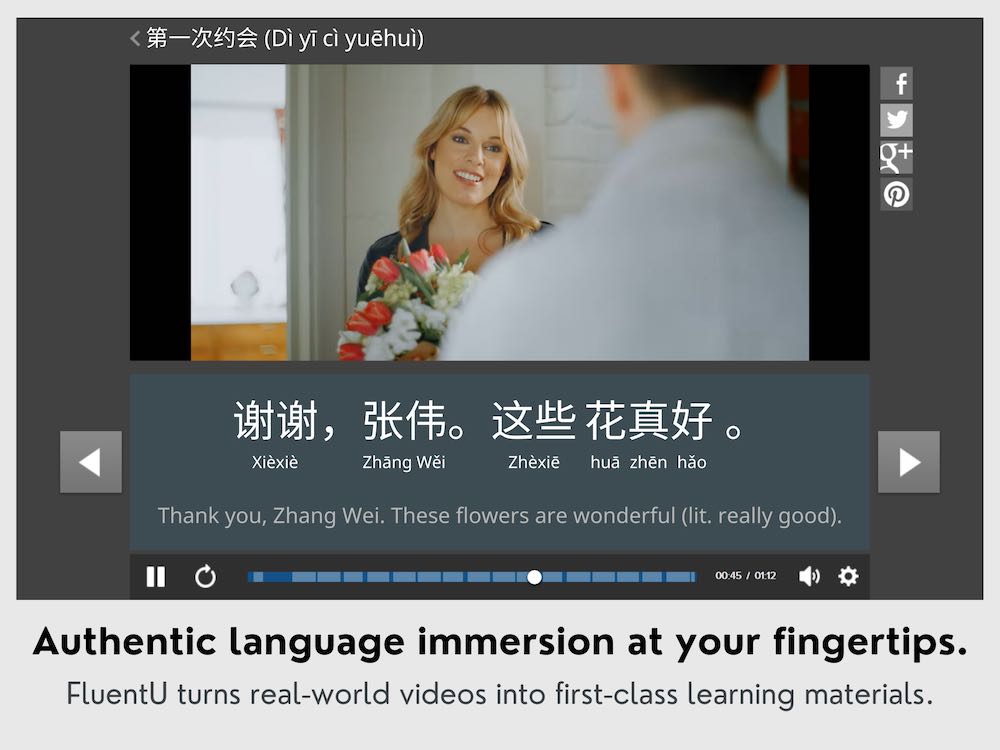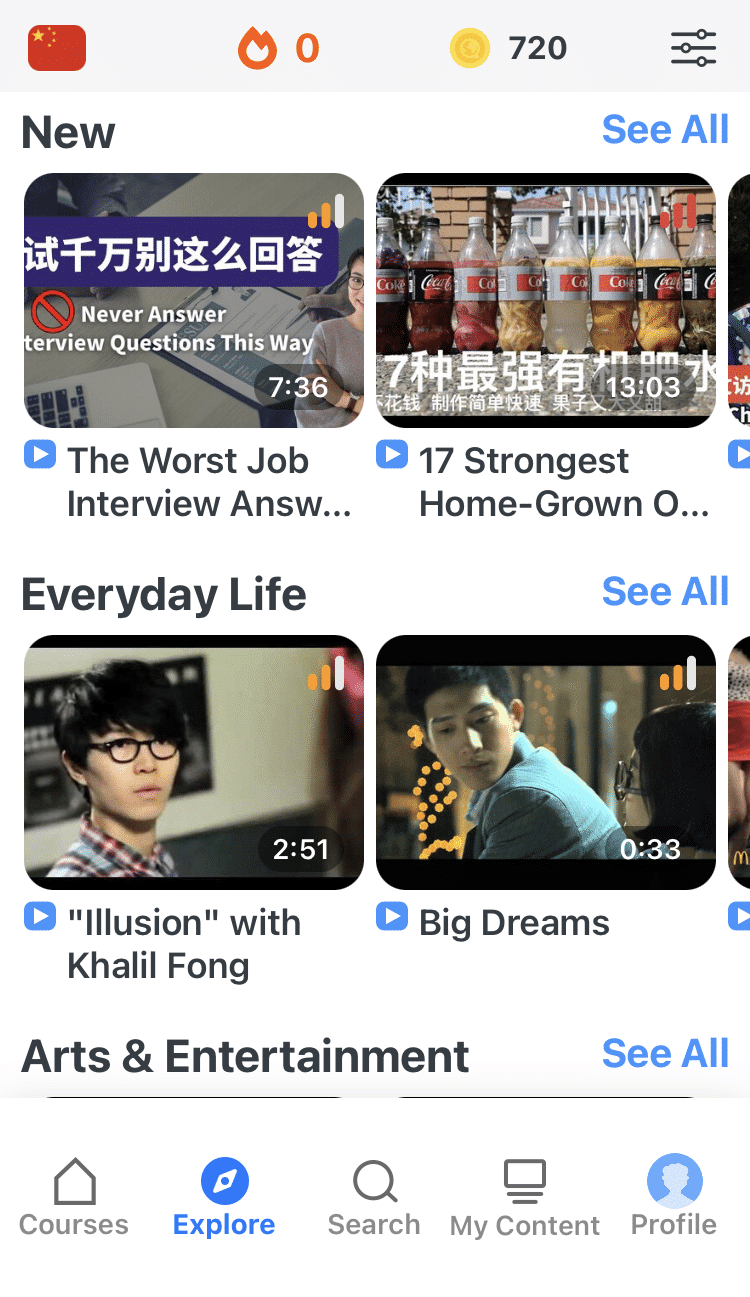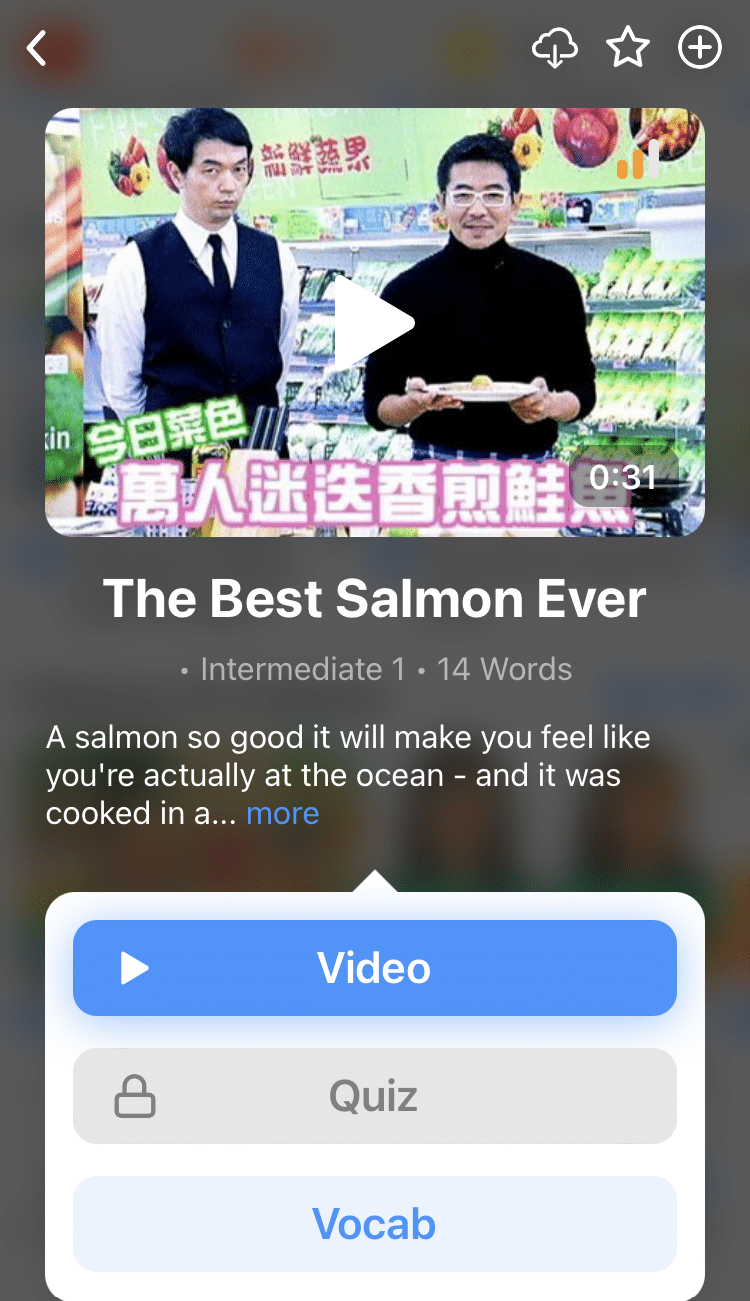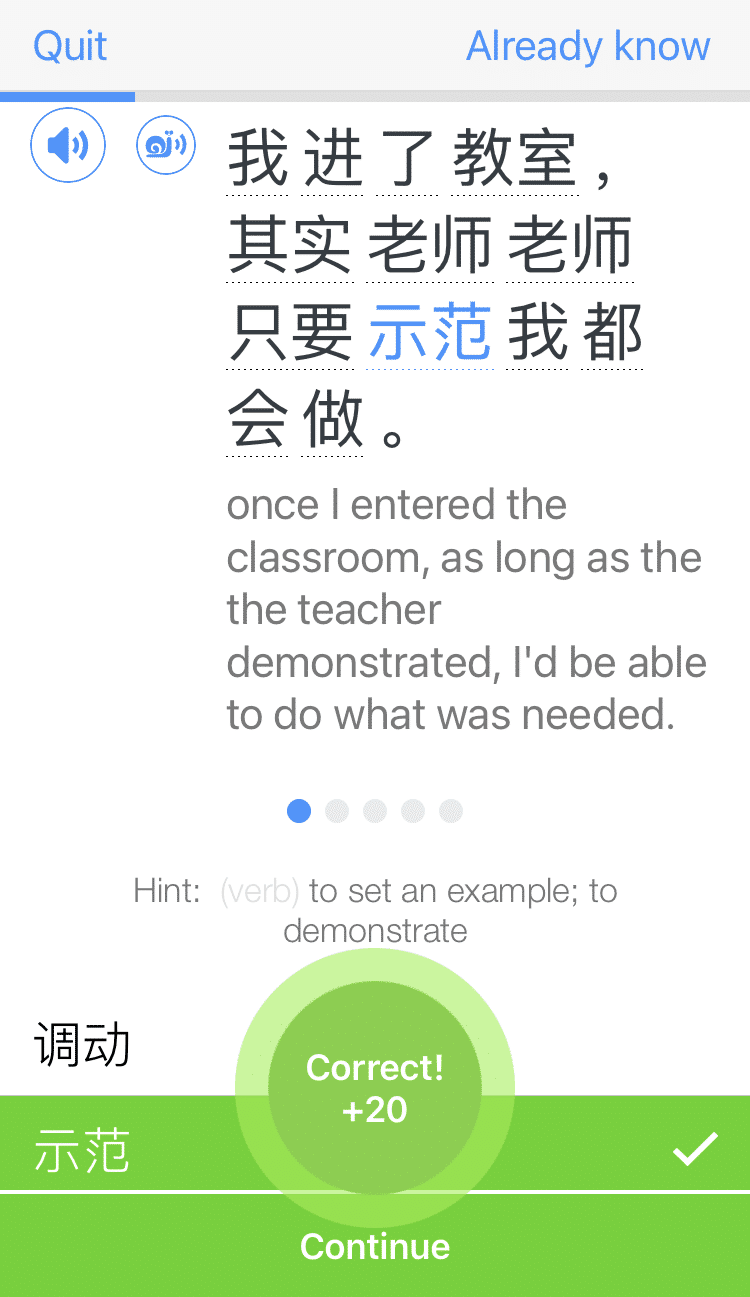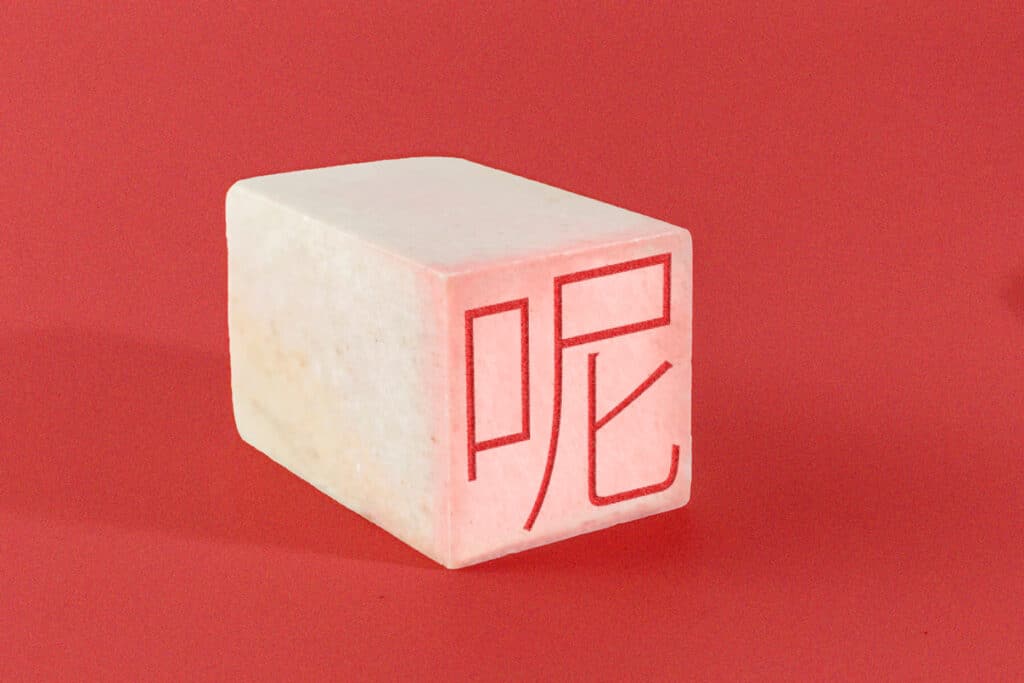
The 6 Main Uses of the Chinese Ne (呢) Modal Particle
Particles don’t exist in English, but they’re quite important in the Chinese language—especially the modal particle, 呢 (ne).
While this complex, yet simplified word has no direct meaning in English, it serves a number of different functions in the Mandarin Chinese language.
From asking reciprocal questions to creating contrast, 呢 is a word to be reckoned with—making its usage and placement often confusing to a beginner learner.
In this blog post, you’ll learn when, where and how to use 呢 correctly.
Contents
- What Is 呢 (Ne)?
- 1. Use 呢 to Form a Reciprocal Question
- 2. Use 呢 to Say “What About?” and “How About?”
- 3. Use 呢 to Ask “Where?”
- 4. Use 呢 to Make Sentences Casual and Informal
- 5. Use 呢 to Create Continuation in a Statement
- 6. Use 呢 to Create Contrast in a Statement
- When to Use 吗 Instead of 呢
- And One More Thing...
Download: This blog post is available as a convenient and portable PDF that you can take anywhere. Click here to get a copy. (Download)
What Is 呢 (Ne)?
呢 is a modal particle used for asking questions, making statements, expressing moods and speaking casually. It is one of the Chinese language’s six modal particles and one of the most commonly used.
No matter how you want to use modal particles, the construction will always remain the same:
statement + modal particle
So in the case of 呢, the order will always be:
statement + 呢
If you need more of a refresher on modal particles or Chinese particles in general, you can check out our full post here:
1. Use 呢 to Form a Reciprocal Question
Let’s take a look at some examples of how 呢 is used to ask a reciprocal question:
A: 你好吗?(nǐ hǎo ma?) — How are you?
B: 我很好。你呢?(wǒ hěn hǎo. nǐ ne?) — I’m good. And you?
A: 你上个周末做什么?(nǐ shàng ge zhōumò zuò shénme?) — What did you do last weekend?
B: 我在家看电影。你呢?
(wǒ zài jiā kàn diàn yǐng. nǐ ne?)
I stayed at home and watched movies. What about you?
2. Use 呢 to Say “What About?” and “How About?”
When you’re discussing a topic, but want to ask an additional question within that sentence structure, you would use the particle 呢.
It’s similar to asking a reciprocal question. You aren’t changing the topic of the conversation completely, you’re directing it to another object within that same sentence structure.
For example, when your friend asks, “Do you want pizza for dinner?” You might respond by saying, “I had pizza yesterday. What about pasta?”
Let’s take a look at some examples using 呢 in this context:
这个很好。那个呢?
(zhè ge hěn hǎo. nà ge ne?)
This one is good. What about that one?
你的哥哥有工作。弟弟呢?
(nǐ de gēge yǒu gōngzuò. dìdi ne?)
Your older brother has a job. What about your younger brother?
这个星期我没有空。下个星期呢?
(zhè ge xīngqī wǒ méi yǒu kòng. xià ge xīngqī ne?)
I don’t have time this week. How about next week?
3. Use 呢 to Ask “Where?”
Did you know that you can form a “where?” question without using the words 哪里 (nǎ lǐ) or 在哪 (zài nǎ) — where?
You can! With the modal particle 呢.
Using 呢 at the end of a statement is a more advanced and native way of asking where something is.
This context will help you to be prepared if you hear it in conversations, dramas or movies and other real-world Chinese situations.
The good news is that this structure is quite easy to form. All you have to do is place 呢 after an object.
For example:
钱呢?(qián ne?) — Where is the money?
你妹妹呢?(nǐ mèimei ne?) — Where is your little sister?
我的衣服呢?(wǒ de yīfu ne?) — Where are my clothes?
4. Use 呢 to Make Sentences Casual and Informal
Speaking with family and friends in another language creates an environment with informal context. But when speaking to someone in the workplace or to someone with authority, you’d want to use a more formal context.
Being able to engage in both formal and informal discourse in Mandarin Chinese is an important skill to develop, and one you’ll eventually have to use if you plan on speaking the language.
One of the easiest ways you can make your conversations informal (casual) is by attaching 呢 at the end of the sentence(s).
For example:
你为什么不吃肉呢?(nǐ wèi shénme bù chī ròu ne?) — So, why don’t you eat meat?
你喜欢什么样的运动呢?(nǐ xǐhuān shénme yàng de yùndòng ne?) — So, what kind of sports do you like?
5. Use 呢 to Create Continuation in a Statement
If you want to make it clear that a situation is ongoing or still happening at present time, simply add 呢 to the end of your statement.
他还在家里呢。(tā hái zài jiā lǐ ne.) — He is still at home.
她正在睡觉呢。(tā zhèng zài shuì jiào ne.) — She is sleeping.
6. Use 呢 to Create Contrast in a Statement
If you want to create contrast in the continuation of one topic, you can also use 呢. To do so, the object or highlight that you want to compare needs to be established within the same topic context.
他现在喜欢看书,但是他以前不喜欢呢。
(tā xiànzài xǐhuān kàn shū. dànshì tā yǐ qián bù xǐhuān ne.)
He likes to read books. He used to not.
她唱歌唱的挺好的, 但是他唱得不好呢。
(tā chàng ge chàng gē hái kěyǐ. dànshì tā chàng de bù hǎo ne.)
She sings pretty well, but he doesn’t.
When to Use 吗 Instead of 呢
If you’re a beginner in Chinese, it might be difficult for you to distinguish between 呢 and 吗 (ma).
吗 and 呢 are modal particles used to form questions and appear at the end of sentences. Beginners usually learn them quite early on—if not at the same time.
The key difference between these two particles is that 吗 is used to ask yes-or-no questions, while 呢 is used to reciprocate them. You would never want to use them both in the same sentence structure.
In other words, you would use the particle 吗 to ask a question in the following context:
你去过中国吗?(nǐ qù guò zhōngguó ma?) — Have you been to China before?
And you would use 呢 to answer that question in this context:
没去过。你呢?(méi qù guò. nǐ ne?) — I have not been. And you, what about you?
While the use of both 吗 and 呢 may seem a bit confusing, it’s an important aspect of learning the modal particles in the Mandarin Chinese language.
And there you have it! The Chinese particle 呢 (ne) is quite simple to learn and utilize.
Now that you’re familiar with the six steps on how, when and where to use it, keep practicing! Use the FluentU program to study the useful little word in context through videos.
FluentU takes authentic videos—like music videos, movie trailers, news and inspiring talks—and turns them into personalized language learning lessons.
You can try FluentU for free for 2 weeks. Check out the website or download the iOS app or Android app.
P.S. Click here to take advantage of our current sale! (Expires at the end of this month.)
You’ll find that you understand more native content, can communicate on a deeper level with your friends or loved ones and sound more like a native speaker with each sentence!
And One More Thing...
If you want to continue learning Chinese with interactive and authentic Chinese content, then you'll love FluentU.
FluentU naturally eases you into learning Chinese language. Native Chinese content comes within reach, and you'll learn Chinese as it's spoken in real life.
FluentU has a wide range of contemporary videos—like dramas, TV shows, commercials and music videos.
FluentU brings these native Chinese videos within reach via interactive captions. You can tap on any word to instantly look it up. All words have carefully written definitions and examples that will help you understand how a word is used. Tap to add words you'd like to review to a vocab list.
FluentU's Learn Mode turns every video into a language learning lesson. You can always swipe left or right to see more examples for the word you're learning.
The best part is that FluentU always keeps track of your vocabulary. It customizes quizzes to focus on areas that need attention and reminds you when it’s time to review what you’ve learned. You have a 100% personalized experience.
Start using the FluentU website on your computer or tablet or, better yet, download the FluentU app from the iTunes or Google Play store. Click here to take advantage of our current sale! (Expires at the end of this month.)
